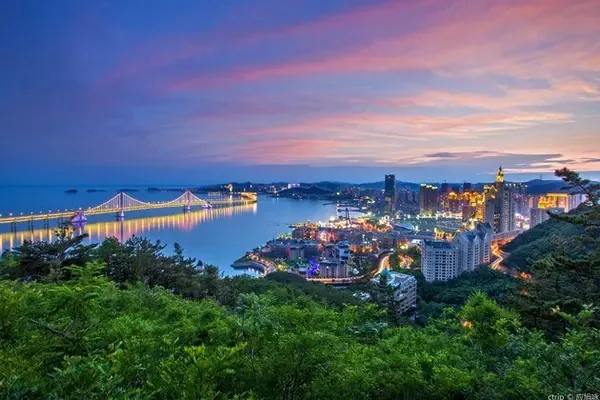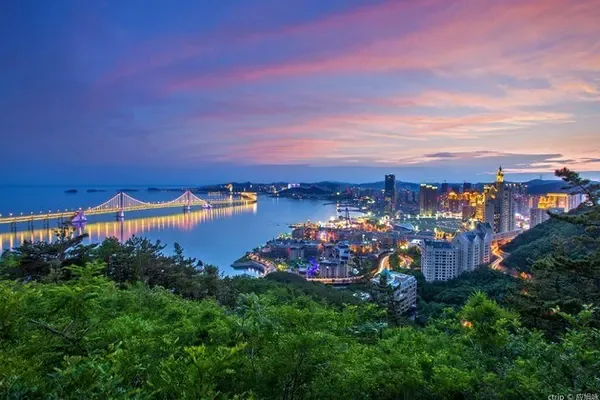When traveling to Yushu, Qinghai, the locals will recommend walking the famous "Tang and Tibetan Ancient Road" to experience the route that Princess Wencheng of the Tang Dynasty walked. And there is also the only Princess Wencheng Temple in the country, which was built in the Tang Dynasty and has a history of more than 1,300 years. It is also a national-level cultural relic protection unit.
Princess Wencheng, her real name is not recorded in history books. According to folklore, her name is Li Xueyan. She is the daughter of Tang Jiangxia King Li Daozong and lives in Jining, Shandong Province. Li Daozong was only related to Tang Gaozong, so Li Xueyan was not a "princess" who grew up in the palace. In 640 A.D., the Li family made two imperial decrees a day: in the morning, Li Xueyan was granted the title of Princess Wencheng, and in the afternoon, Princess Wencheng was married to Tufan King Songtsan Gampo. That year, Princess Wencheng was 16 years old.
In the first month of 641 AD, accompanied by her father, Princess Wencheng left Chang'an westward for a long trek to remote Tibet. From Chang'an to Lhasa, with a total length of about 3,000 kilometers, it passes through almost the entire Northwest China. Today it is called the "Tang-Tibetan Ancient Road". On the original ancient trail, most of the places were uninhabited valleys and high-altitude snow-capped mountains. Only after entering the beautiful Yushu, can you see the continuous meadows and rivers.
Yushu in Qinghai is an important node on the Tang-Fan ancient road. Jiegu Town, the seat of the state capital of Yushu Tibetan Autonomous Prefecture, has been a non-governmental trade distribution center at the junction of Qinghai, Sichuan and Tibet since ancient times. "Jiegu" in Tibetan means "prosperity of the tribe" and "distribution center of materials". About 25 kilometers southeast of Jiegu Town, there is a Lebagou, which is the only way for Princess Wencheng to enter Tibet. The Princess Wencheng Temple is built beside the Lebagou.
Lebagou is a valley with a length of about 30 kilometers. "Leba" means beautiful and auspicious in Tibetan. When 16-year-old Princess Wencheng saw such a beautiful valley for the first time, she decided to stop and rest. It is said that she lived here for a year and taught the locals how to farm and weave. In today's Lebagou, there are many ancient stone carvings along the valley, which are said to be carved by craftsmen who accompanied Princess Wencheng to Tibet.
Princess Wencheng Temple is a small temple that looks neither luxurious nor grand. It is located on the edge of the hillside and built against the mountain. The temple has three floors, but the area of the entire temple is only about 600 square meters. The architectural style of the temple is a combination of Tang Dynasty art and Tibetan flat-roofed buildings. The golden roof is very eye-catching from a distance.
According to the customs of Tibetan Buddhism, you need to take off your shoes when entering the main hall of the monastery. Usually the ground of the main hall is covered with Tibetan carpets, so you won't feel cold when you step on it with bare feet. The main hall enshrines the Tathagata Buddha statue, which is also related to the name of the temple. Princess Wencheng Temple is also known as the "Temple of the Tathagata Buddha Grotto Temple". On the stone wall behind the temple, there are many stone Buddha statues and Tibetan scriptures carved.
When Princess Wencheng was resting here, it is said that one night she dreamed of the appearance of Dari Tathagata Buddha and blessed her for entering Tibet. After waking up from the dream, Princess Wencheng ordered her subordinates to build a white pagoda here to commemorate it. In 742 A.D., a monk carved a Buddha statue on the cliff beside the White Pagoda, and it was completed 11 years later. So monks from all over the world came to practice one after another. This is the prototype of Princess Wencheng Temple.
In the current Princess Wencheng Temple, there is not a single cultural relic about Princess Wencheng, nor is there a portrait of her. But this temple was built next to the white pagoda built by Princess Wencheng, so it is also very appropriate to call it "Princess Wencheng Temple". Whenever believers or tourists enter the monastery, the highest etiquette they can enjoy is that the abbot carries a pot of clear spring and pours a few drops of water on his hands to moisten his eyes. This spring water comes from the edge of the temple. Princess Wencheng used the spring water to wash and wash.
Throughout the Tang Dynasty, a total of 16 princesses married to the Western Regions, and Princess Wencheng was the most famous and the most noble among them. Just like this Princess Wencheng Temple, although there is nothing about Princess Wencheng in the temple, Princess Wencheng, who shouldered the mission of marriage, has passed on her spirit to everyone's heart. About the author: Lu Jianhua Photography (photographer, traveler, self-media person)


